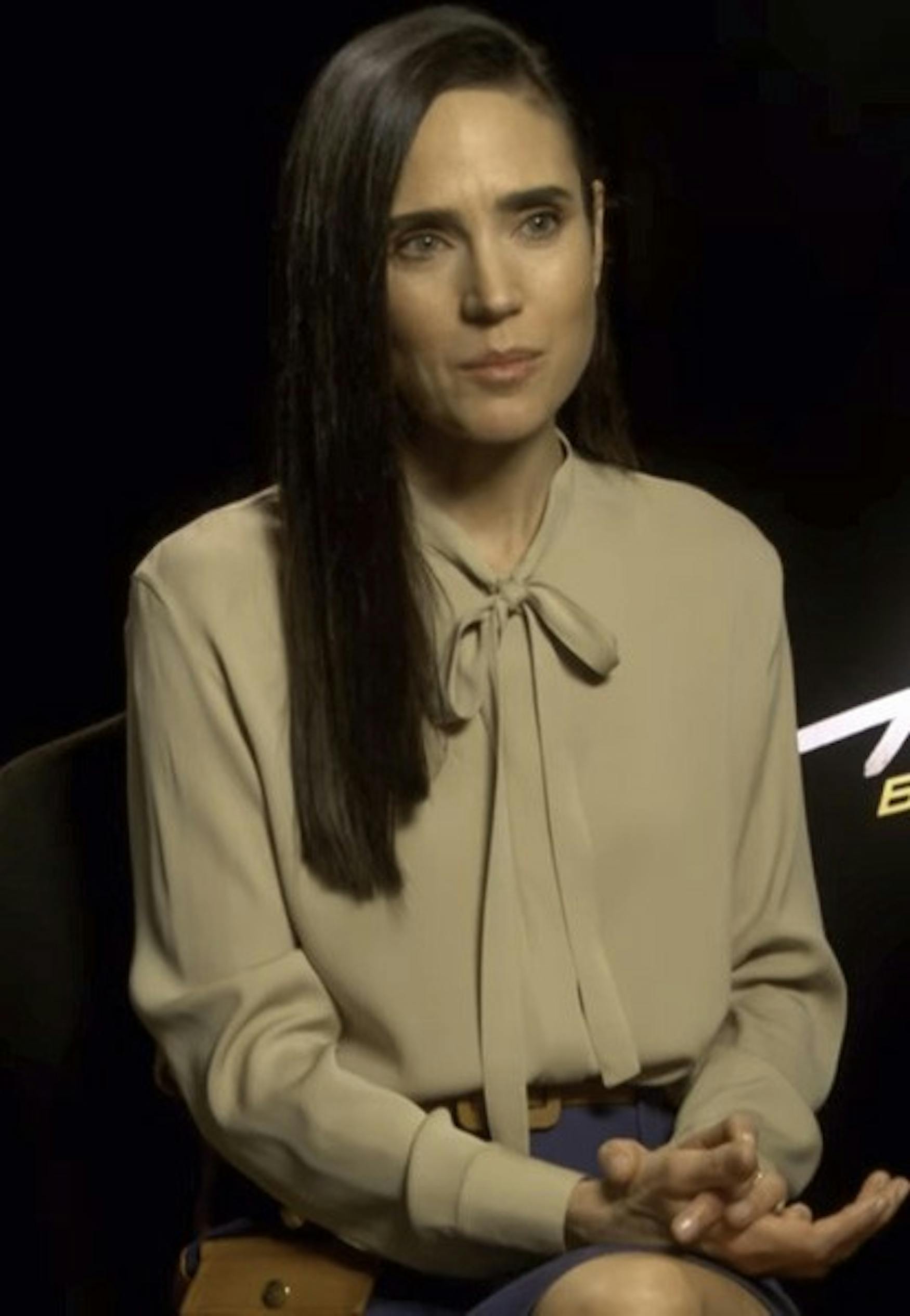‘Alita: Battle Angel’ proves a mixed bag
When I went to see “Alita: Battle Angel,” adapted from Yukito Kishiro’s manga series “Gunnm,” written by James Cameron and directed by Robert Rodriguez, I expected nothing but jaw-dropping special effects and thrilling action sequences — and I left the theater satisfied.
Ever since it was announced that the protagonist Alita would be filmed entirely with motion capture technology, many have worried that she would look unnatural among real flesh-and-blood actors. Indeed, her impossibly large eyes and heart-shaped face would look unnatural in most other contexts. However, it doesn’t stand out at all in this film’s universe, thanks not only to the performance capture technology, but also to Rodriguez’s superior action direction. In a world full of human beings with mechanic body parts, Alita is the only human-shaped cyborg. The seemingly-fragile and unarmed teenage girl taking apart gigantic cyborgs with weaponized limbs creates a sense of aesthetically appealing violence that is rarely seen in conventional motion pictures today. Known for stylish usage of violence in his restricted-rated works, I am impressed by the director’s ability to keep utilizing his strength in a PG-13 rated movie.
That said, the flaws of the film stand out as much as the achievements. Compared to the outstanding visual design, the script is mediocre at best. To make the story more suitable to a larger market it was intentionally condensed to include as much information as it can in two hours. However, while the fans of the manga are satisfied with the iconic scenes, the price is that none of the characters have space to grow. At the very beginning, Alita was introduced as a nervous teenage girl with no memory of the world. In a few days, we see a fearless warrior taunting fighters in a bar. The “coming-of-age” part of the character’s journey was entirely skipped. The whole movie feels like a stage by stage video game, and one just needs to fight an enemy and move on to the next one.
As far as the supporting characters go, the film unfortunately mismatches the performance qualities of the actors and the depth of the characters they portray. Doctor Ido, the father figure played by Christoph Waltz, could have a significant influence on Alita’s growth as a person, yet the actor is given nothing to work with. Same goes for Jennifer Connelly as master engineer Chiren, and Mahershala Ali as the representative of the sky city Zalem, which makes one wonder why the film needed such a talented cast if all they were given to do was read lines. On the other hand, the male protagonist Hugo, played by Keean Johnson, is an extremely important character in the story. His inglorious background represents the more realistic side of the cruel world they live in, where the only way to achieve his dream is to step on everyone else’s. However, the unconventional male protagonist turns out to be far less interesting and powerful due to the extremely conventional performances and dialogues.
After the film ended, I went back and read the Battle Angel: Alita manga by Yukito Kishiro. While being very stylish and creative, the original story has a lot of pacing issues and out of place humor. In a way, the film stays loyal to its origins, both its positives and negatives. While I do wish that the film had exceeded the book like many classic science fiction adaptations do, I had a great time watching “Alita: Battle Angel” and cannot wait to see the sequel in the future.



Please note All comments are eligible for publication in The Justice.